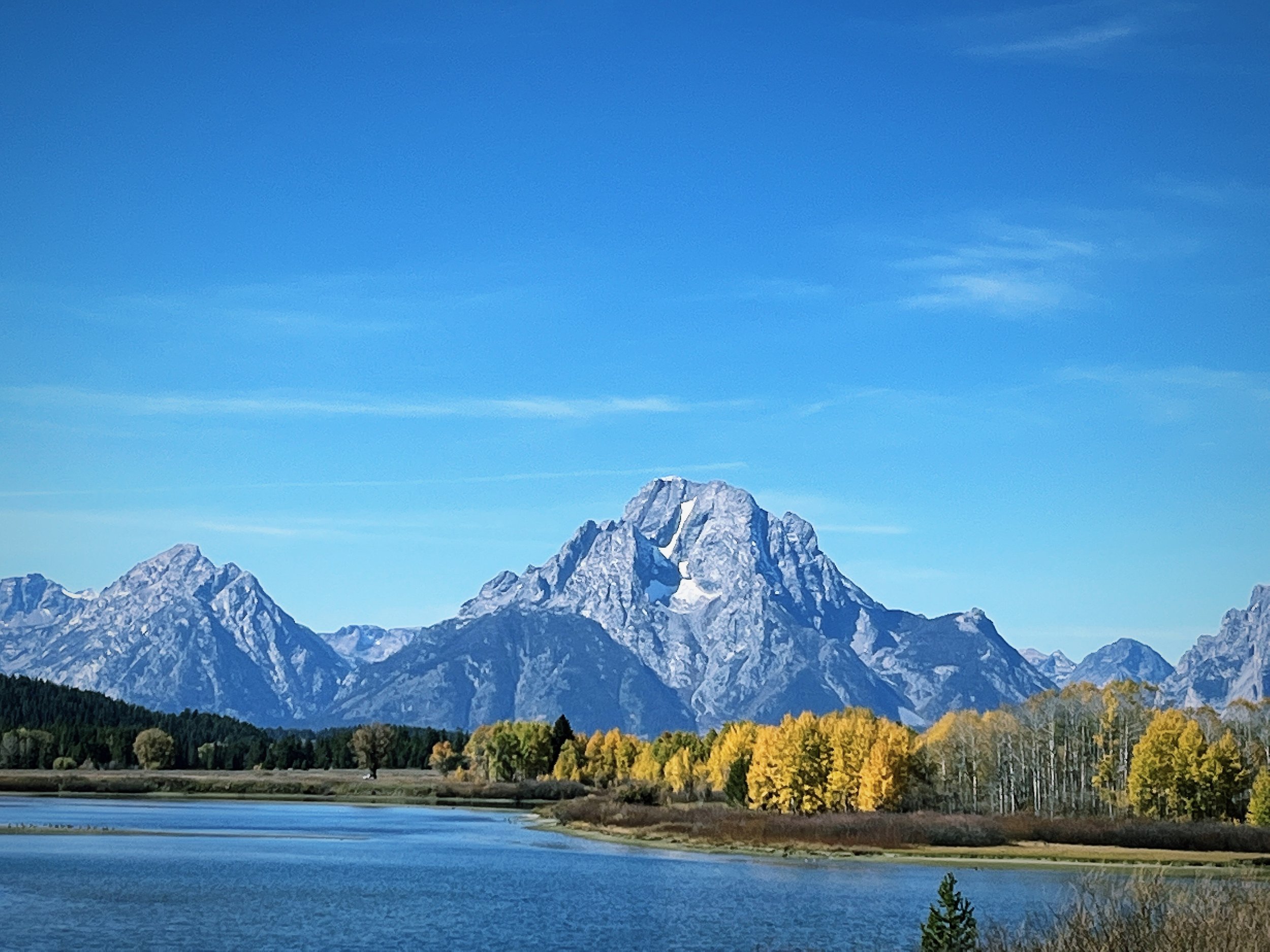Rilke said that the purpose of life is to be defeated by bigger and bigger things. And there are just some nights, like this one, where this feels truer than others. I don’t mean that the past week was bad. I mean that it was a week where I threw myself out into the waves and got rolled around a lot. Where I had to try new things, and old things. Where I had the opportunity to learn and make some new mistakes. And I did. I made some beautiful mistakes.
But I also know that it wasn’t just the challenges that got me. When Rilke talked about the bigger things defeating us—he meant the bigger challenges, our bigger visions, our dreams. He meant we are supposed to run up against ourselves—our bigger natures. Run up against things the way the water ran upon rock and created the Grand Canyon. If we are defeated by bigger and bigger things we become more of who we are. But some weeks, the bigger things that defeat me aren’t bigger, they are just meaner. They are the mean voice that I can use on myself that I have previously called “Bad Dog.” Where no move I make is right and I just can’t seem to let myself off the hook.
The problem with letting meaner things defeat us, rather than bigger things, is that meaner things keep us small. Meaner things aren’t interested in our bigger natures. They are the wild hounds of shame, meant to scare us back into our hiding places, back behind our walls. Meaner things are the guardians of the old rules—the ones you once had to live by.
Meaner things don’t help us learn, they don’t help us grow, they don’t help us heal. The voice, the stance, the belief that helps us heal and grow is kind. It is nurturing. And it is firm. It isn’t nice: It’s constant. It isn’t coddling: It’s coaching. It seeks to have us defeated by bigger and bigger things so that we can grow into the selves we can become.
Many years ago I watched my nephew play indoor soccer. He and the other boys just kept at it, whether they got it right or not. Whether they made the goal or not. Whether they defended the goal or not. But what was even more striking was the way the coach called to them. He did it by calling their name. Then saying one or two words, “Look up” or “Quick.” He called words of encouragement “Good!” Or “Nice attempt!” Nothing he said was longer than five words. He caught their attention. Said what he had to say and the boys played on.
It was such a reminder that the antidote to the meaner things isn’t big. It’s small. It’s one or two word reminders to break through the old story, the old wave of emotion. It’s the inner coach on the sidelines helping you stay focused on the new game, on the new team, on the bigger things.
I learn this. And then I forget this. I write this. And then I forget this. I TEACH this and I still forget this. The meaner things always try to sucker you in to long detailed arguments of your flaws. Beware! Don’t engage them. Follow the wisdom of my nephew’s coach: get your attention. And coach yourself in no more than five words. The shorter the better.
You’ve got this. That’s how you learn. You’re Okay. Get up. Keep going. Breathe. Change is hard. You are doing great. Way to go. Ask for help. Good effort.
Create your own list. You’ve got this. You are doing great. It’s time to go after bigger things.
© 2024 Gretchen L. Schmelzer, PhD




